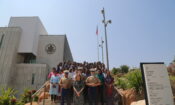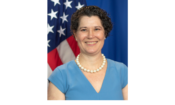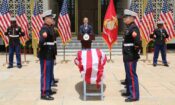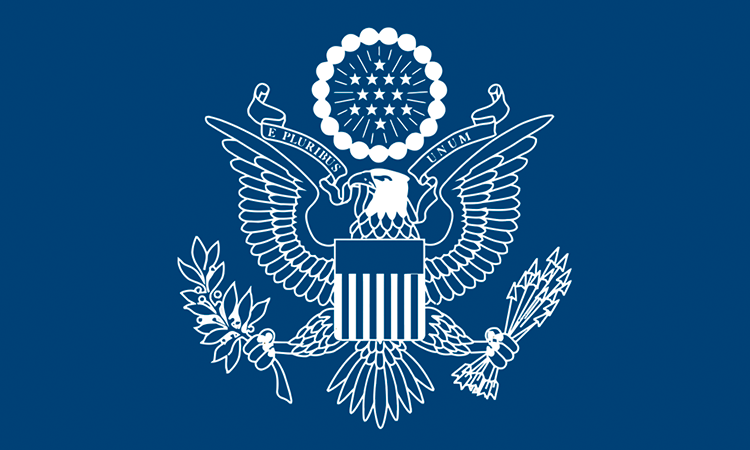As prepared for delivery
New Delhi, July 10, 2024
LET THE STARS ALIGN
Good evening, and thanks for joining us to commemorate the United States’ 248th Anniversary!
Tonight is a night to look to the future. But first, if you’ll indulge me, I’d like to start by looking back, to two events that changed the course of history.
On July 20, 1969, the world watched breathlessly as a white-suited figure climbed down a ladder.He stepped from a landing module, placed his boot in the lunar dust in front of him, and declared:
“That’s one small step for man. One giant leap for mankind.”
With those simple phrases, astronaut Neil Armstrong became the first human being to set foot on the moon.
Last year, India received its own first message from the moon.
Chandrayaan-3 captured the world’s attention as it touched down on the moon’s southern pole – becoming the first spacecraft to do so. I happened to be at an event with Road and Transportation Minister Nitin Gadkari when he received word that the landing had happened. I will never forget that day, on which Chandrayaan-3 marked its achievement with a simple message back to headquarters:
“India, I reached my destination and you too!”
Tonight, ladies and gentlemen, we celebrate these milestones. We celebrate all the small steps and giant leaps the United States and India have taken together – and all the intermediary destinations we’ve reached along our journey – to build a future-focused relationship that extends from the seabed to the stars, and beyond.
Let’s talk about giant leaps. When it comes to India, and to the U.S.-India partnership, it’s very clear that the past 18 months reflect giant leaps forward in our relationship. Together, our countries have gone higher, farther, faster, than ever before in our shared history.
Last summer, India not only landed a spacecraft on the moon, you presided over a landmark G20 summit that delivered for developing countries by accelerating implementation of Sustainable Development Goals. India’s leadership created consensus to support a just peace in Ukraine based on sovereignty and territorial integrity and brought the African Union in as a permanent member. The G20 also laid the groundwork for the India-Middle East-Europe Corridor, which will transform the flow of goods, services, and people.
In a series of face-to-face meetings, our leaders propelled our bilateral relationship to warp speed as they launched initiatives to set the technological paradigm of tomorrow, from semiconductors to space exploration, from critical minerals to jet engines and unmanned vehicles.
We’ve continued that acceleration through cooperation in the Quad and on a range of bilateral and plurilateral ‘I’ initiatives: iCET, which includes INDUS-X, IMEC, IPEF, and I2U2.
And we look forward to working with the Government of India in the year to come. I’d like to take this opportunity to congratulate the NDA alliance for its victory in the 2024 election, as well as the people of India for successfully convening the largest exercise in democracy in human history.
And while all this was happening at the government-to -government level, our people connected as never before. We’ve seen unprecedented demand for travel to the United States. In fact, one out of every ten U.S. visa applicants across the whole world comes from India.
India also sends more graduate students to the United States than any other country, building the foundation for the next generation of engagement.
The United States is doing everything we can to facilitate the visa process – increasing staffing and harnessing the power of technology. In 2023 we issued over one million visas – more than ever before, bringing wait times down by more than 75 percent.
Taken together, these giant leaps have utterly transformed the U.S.-India relationship, to the point that we still occasionally see commentators who have followed the U.S.- India relationship over many years who seem to be pinching themselves, wondering if the change is actually real.
I promise you, it’s very real. From our top political leaders on down, we’re building friendships and partnerships that will last lifetimes – and taking on ambitious challenges together.
In fact, today, I am thrilled to announce a next step and ambitious chapter in our health partnership: the first ever U.S-India Cancer Moonshot Dialogue will be held in India on August 5-6. The U.S-India cancer moonshot reflects our mutual determination to confront one of the most daunting challenges of our time—cancer. Drawing inspiration from the U.S. Cancer Moonshot initiative, which is mobilizing efforts to reduce the burden of cancer around the world and to help people who are touched by cancer, we embark on this journey together with India, a nation renowned for its innovation and research. The U.S.-India Cancer Moonshot Dialogue will bring together leading scientists, researchers, policymakers, and medical professionals from both our nations. As we unite our expertise and resources, let us reaffirm our commitment to a future where cancer is no longer a threat to our loved ones and where we keep families together. Together, we can achieve breakthroughs that prevent, detect and treat cancer, that will ultimately save lives and transform the future of cancer care.
These transformative leaps are made possible by the countless “small steps” taken by women and men across the relationship – dedicated individuals working tirelessly to unlock the full potential of the moment.
The U.S. Embassy and Consulates are partnering with India on so many of these small steps to make the relationship even better and stronger. In fact, I like to say that we’re a “Mission on a Mission,” investing now to fuel continued growth and progress in the decades to come:
- We’re confronting the climate crisis together and working to meet our ambitious shared goals to transition to green energy.
- We’re accelerating our technology engagement to ensure that the tools of tomorrow are tools that protect us, connect us, and detect new threats as they emerge.
- We’re redefining how we talk about trade, moving past the transactional relationships of the past to find true synergies between our countries in an increasingly global context.
- We’re advancing the United States-India development partnership and sharing models for global application;
- We’re partnering to make each of these solutions as inclusive as possible, to the benefit of all in our societies;
- And, of course, we’re continuing to expedite our visa processes, to make it as easy as possible to work, study, and explore in the United States. And we’re encouraging Americans to travel to, study and invest in India.
With so many momentous milestones achieved, I’d like to echo the words of the Chandrayaan-3 probe and say, “India, we’ve reached our destination!”
But our work is not done! In fact, I would say our work has just established a new floor from which to aim even higher.
After all, ISRO followed up its successful noon landing with the announcement of a journey to the sun. And just weeks ago, India announced the astronauts it would send into orbit on its first manned flight.
In life, as in science, each destination reached becomes a new launch point for the next journey into the stratosphere.
So, after setting a new paradigm for U.S.-India partnership in 2023, what’s our next moonshot?
I’ll tell you a few things I’d love to see:
I’d like to fully realize the vision put forward by President Biden and Prime Minister Modi and see the opening of two new consulates in Ahmedabad and Bengaluru.
I’d like to see deeper connections between our countries at the city-to-city level.
I’d like to accelerate our partnerships on infrastructure, on critical emerging technologies, on energy, and on enduring economic growth.
I’d like to see the number of Indian students going to the United States continue to grow, and more American students coming to India.
And I’d like to expand economic growth by partnering to keep more girls in school and developing programs which promote more women in STEAM – like the Women in Science, “WiSci,” campers who are here tonight. They recently joined over 100 others from India, Sri Lanka, Bangladesh, Maldives, and the United States for a week-long STEAM camp in Kochi, where they worked on robotics, science, and mathematics projects together. You are truly our next generation of innovators!
On the multilateral level, I’d like to see India take its place as a hub for critical emerging technology, bolstering the resilience of our supply chains in an often-fractious world.
And I’d like to see India and the United States, Australia, and Japan continue to broaden the work of the Quad to ensure a free and open Indo-Pacific region.
And I’d like to see continued partnership in support of a just peace for the people of Ukraine, who remain valiant in the face of continuing aggression.
It is the honor of a lifetime to serve as the U.S. Ambassador to India at this pivotal moment in our relationship.
But moments don’t last forever. We must be ambitious; we must be bold. We must turn the moment into momentum and use that speed to propel our relationship even higher.
So let’s start the countdown. Let’s light the ignition. The next phase of the U.S.-India partnership is set to blast off.
And wherever the stars lead us, we’ll reach our destination together.
Thank you.





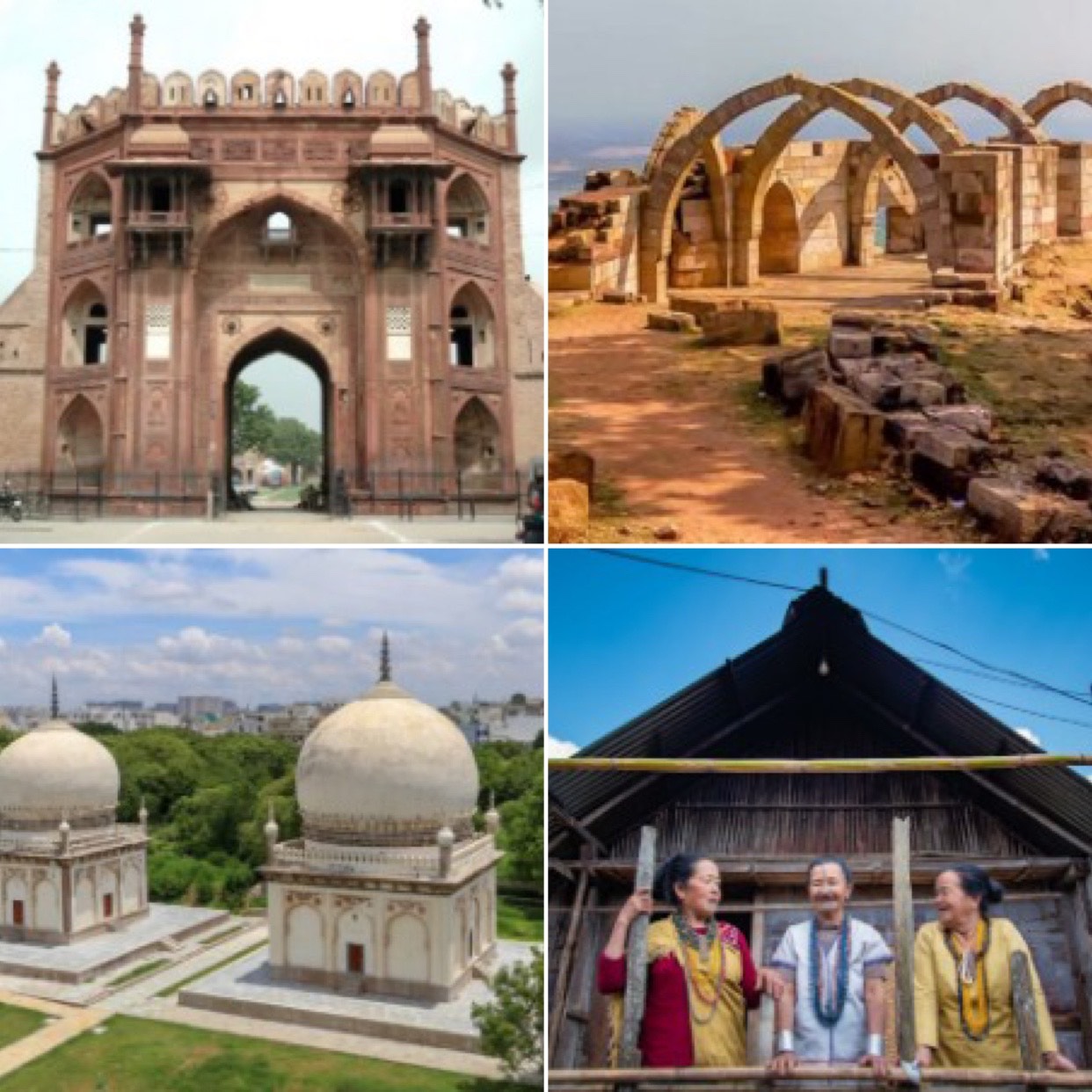


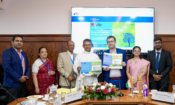
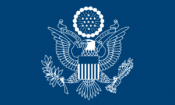
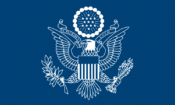
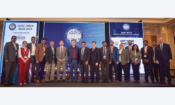
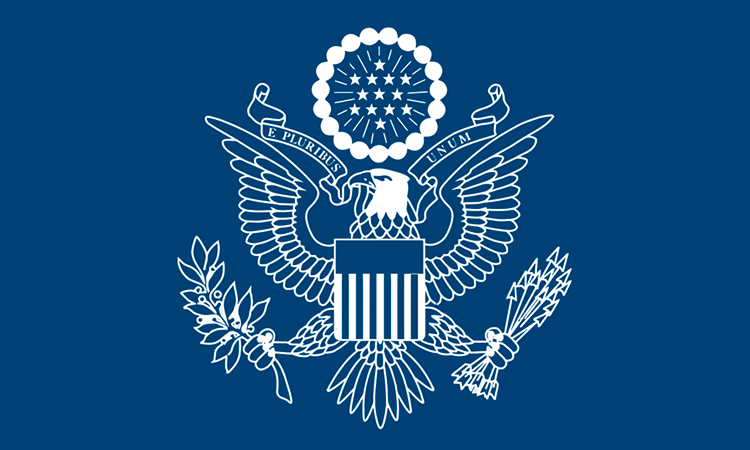
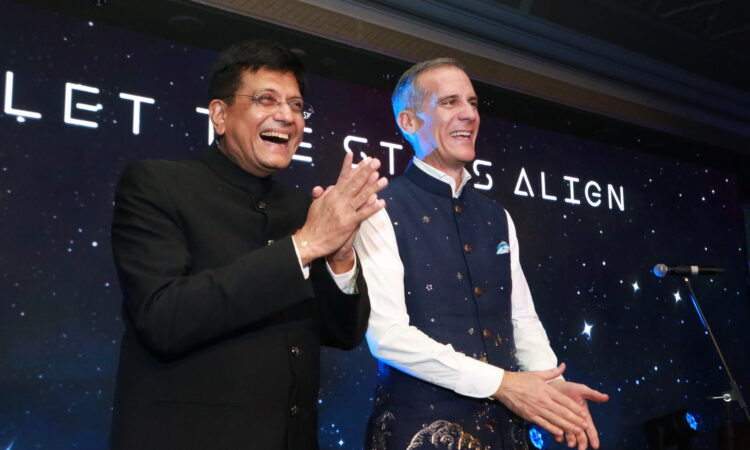
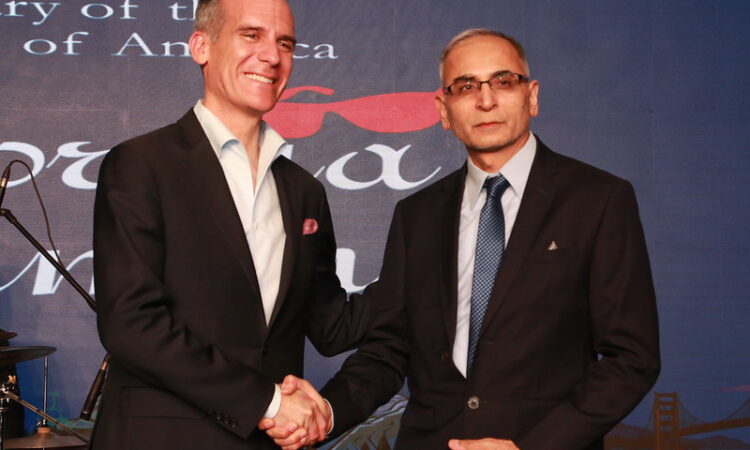

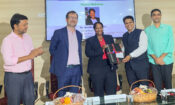
![[L-R] Actor Kamal Haasan, U.S. Ambassador to India Eric Garcetti, Tamil Nadu Minister for School Education Anbil Mahesh Poyyamozhi, and U.S. Consul General in Chennai Chris Hodges celebrate the 248th anniversary of U.S. National Day in Chennai on Thursday, July 18, 2024.](../wp-content/uploads/sites/71/IMG_2546-175x105.jpg)
